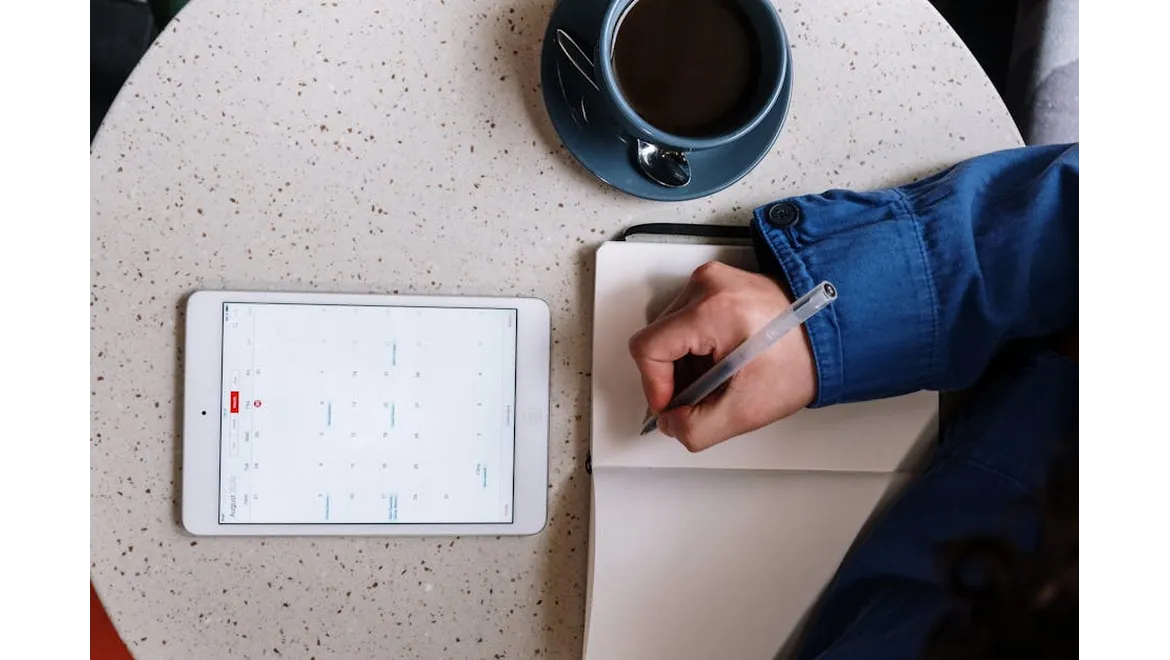I’ve always considered myself a bit of a social media enthusiast, but it wasn’t until I stumbled upon the world of AI-driven optimisation that I truly began to see the potential for engagement. Today, I’d like to share my journey of leveraging AI to fine-tune my social media posting schedules, so you too can experience the transformative power of this technology.
The Initial Realisation
It all started with a slight dissatisfaction. Despite putting significant effort into crafting content, I noticed that my posts weren’t getting the traction I had hoped for. The likes, shares, and comments seemed sporadic at best. That’s when it hit me: maybe it wasn’t the content itself but the timing that was off. Enter AI.
Choosing the Right AI Tool
The first step was choosing the right AI tool. After some research, I decided to go with a platform known for its robust analytics and user-friendly interface. For those curious, I opted for a tool called “Buffer” which integrates AI to analyse social media engagement patterns.
Here’s what I did:
1. Sign Up: I signed up for Buffer and connected my social media accounts.
2. Historical Data Import: I allowed the tool to import historical data from my social media profiles. This step is crucial as the AI needs past performance data to make accurate predictions.
3. Dashboard Familiarisation: I spent some time familiarising myself with the dashboard, especially the analytics and scheduling sections.
Analysing Engagement Patterns
With the tool set up, the next step was to analyse the data. The AI began by looking at my past posts, noting the times and days they were published and correlating that with engagement metrics. The result was a heat map showing optimal posting times.
Steps to replicate:
1. Access Analytics: Navigate to the analytics section of your chosen AI tool.
2. Review Heat Maps: Look at the heat maps that indicate peak engagement times. These maps usually show different colours to represent various levels of engagement.
3. Identify Patterns: Note the times and days where the engagement was highest. For me, it turned out that mid-week mornings and late evenings were golden hours.
Creating a New Posting Schedule
Armed with this knowledge, it was time to create a new posting schedule. The AI tool allowed me to schedule posts directly from the dashboard, ensuring they went out at optimal times.
Steps to replicate:
1. Content Planning: Plan your content in advance. I made a weekly content calendar.
2. Use Scheduling Feature: Use the scheduling feature in your AI tool to set posts for the identified optimal times.
3. Monitor Performance: Keep an eye on how these scheduled posts perform compared to your previous unscheduled posts.
Adjusting Based on Feedback
One thing I quickly learned is that AI optimisation is not a one-and-done process. It requires constant tweaking and adjustment. After a few weeks, I reviewed the performance data again to see how the new schedule was faring. The AI tool provided updated heat maps and engagement metrics, which allowed me to refine my posting times further.
Steps to replicate:
1. Regular Review: Make it a habit to review your engagement metrics regularly.
2. Adjust Schedule: Based on the new data, adjust your posting schedule. For instance, I noticed that weekends also started performing well, so I included a few weekend posts.
3. Content Variation: Experiment with different types of content (videos, images, text) to see which format works best at different times.
The Results
The results were nothing short of impressive. I saw a noticeable uptick in engagement metrics across all my social media platforms. Likes, shares, and comments increased significantly, and my follower count started to grow steadily. The AI had essentially turned my social media strategy from a shot in the dark into a well-oiled machine.
Final Thoughts
Leveraging AI to optimise my social media posting schedules has been a game-changer. The key takeaways from my journey are:
– Choose the Right Tool: Pick an AI tool that suits your needs and offers robust analytics.
– Analyse and Adapt: Use the data to identify optimal posting times and be prepared to adapt based on feedback.
– Consistency and Patience: Stick to your new schedule and give it time to show results.
By integrating AI into your social media strategy, you can move from guesswork to data-driven decisions, taking your engagement levels to new heights. This journey has not only saved me time but also given me a deeper understanding of my audience’s behaviour. And trust me, once you experience this, there’s no looking back.











